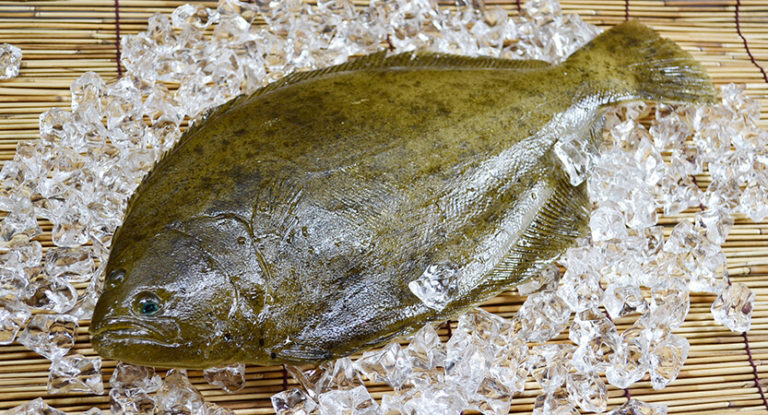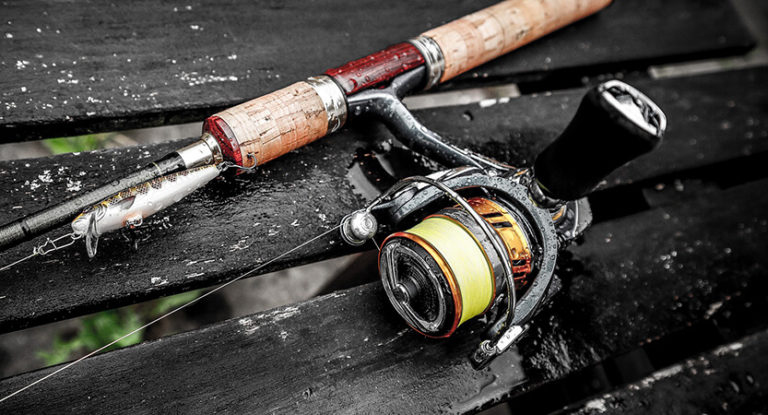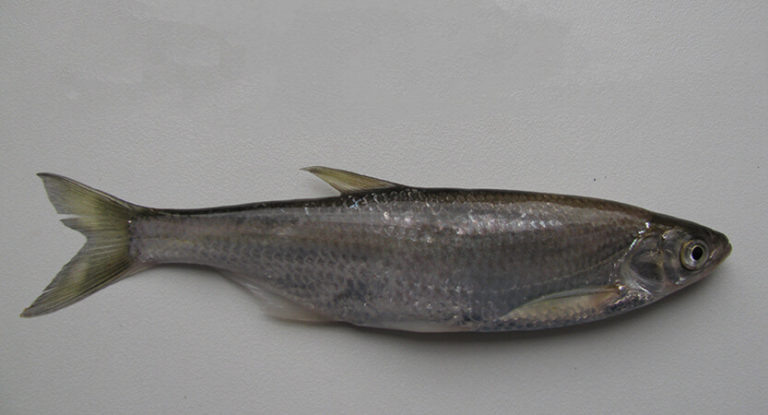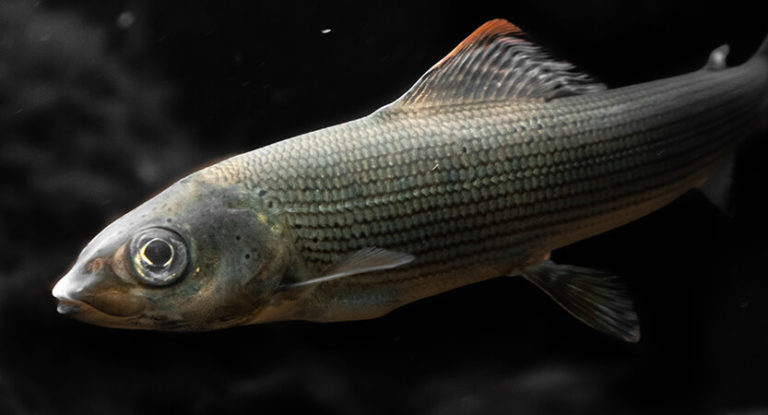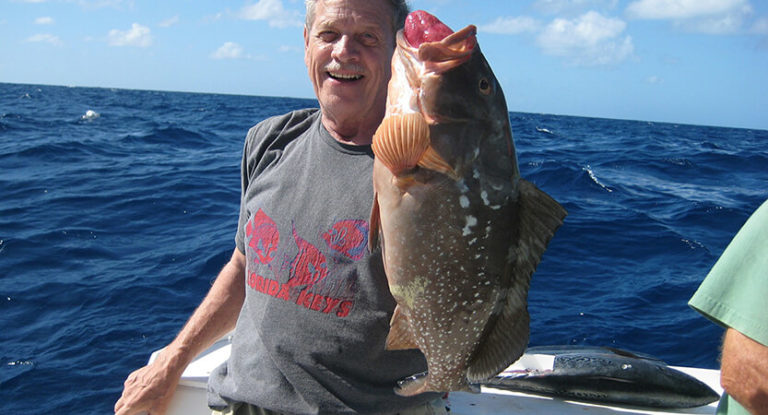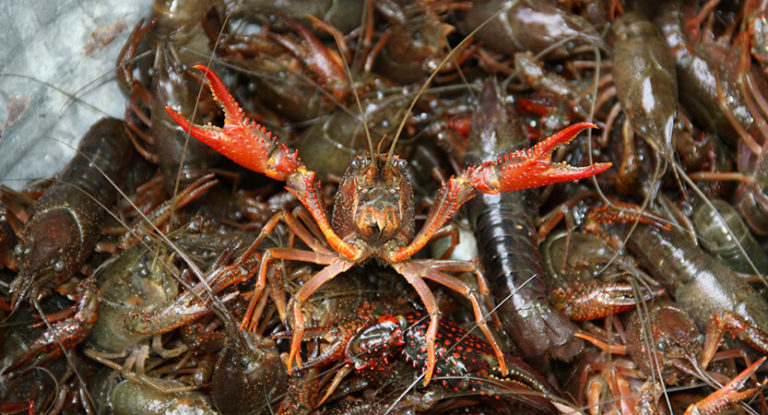Have you tried float fishing and want to try something new? Decide right away: you need an active adrenaline rush or relaxation in fusion with nature. In the first case , spinning is optimal for you , in the second – we advise you to test fishing on the bottom rod. This is not to say that fishing with the use of bottom gear is completely devoid of elements of excitement – this is fundamentally wrong. However, it involves more focus on preparing and setting gear than on physical activity.
Today we will deal with the main points associated with the use of this type of rig. Basically, it’s not too difficult with basic knowledge. We will try to give you the theoretical foundations necessary for the first independent experiments. It is good if they are backed up by practical advice from an experienced angler, but if one is not available, you will have to comprehend everything yourself. However, our own experience is the most valuable, and our publication will help to avoid irreparable mistakes.
Here is an overview of the content of this tutorial, feel free to jump to any section you care about:
For more fishing instructions, take a look at these popular Trizily links: Best Spinning Rods, Best Underwater Fishing Cameras.
- How To Choose A Fishing Hook
- How To Put Fishing Line On A Reel (Complete Guide)
- What Do You Need To Start Fishing (Complete Guide)
Tackle features
Bottom tackle is a huge group of devices for angling fish, united by one main feature: the bait is attached to a hook located on a leash, and is held near the very bottom with a sinker. This category includes both the most primitive zakidushka, the basis of the equipment of which is fishing line, and modern feeder rods, the price of which can be more than hundreds of dollars. The choice of fishing tactics directly depends on the type of tackle.
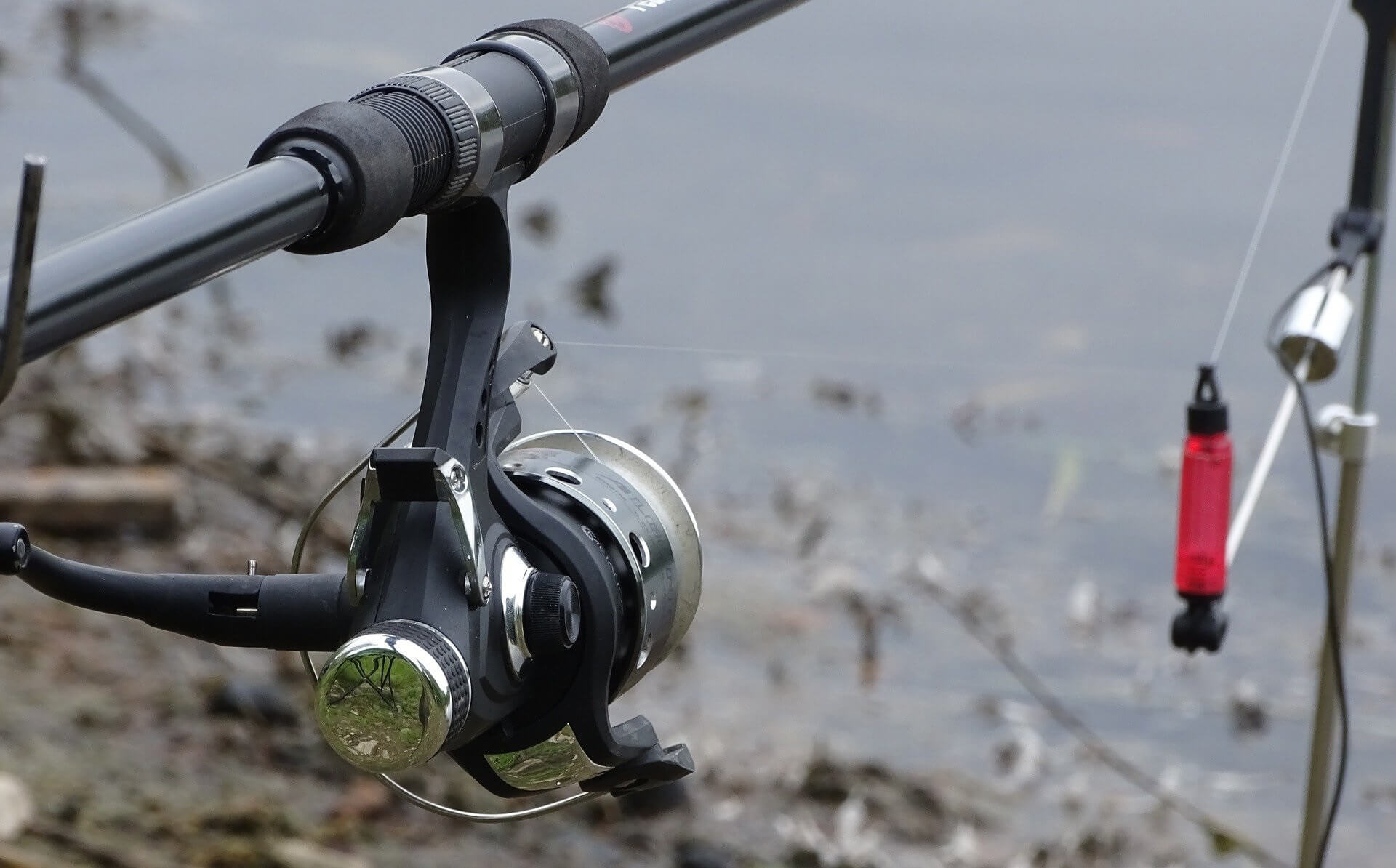
Bottom tackle can be used to catch any fish, both peaceful and predatory – the only difference is in the nuances of the rig and the choice of bait. In addition, night fishing is also possible, and this is important: after sunset, the activity of pike perch, catfish, and sometimes even large bream increases.
Another obvious advantage is that accurate depth measurement is not necessary: thanks to the weight, the bait will still be located in the bottom layers of the richest fish. One angler can control several donuts (usually 3-5), not overstraining too much.
It should be borne in mind that the main thing in the rig is invisibility for the fish. This means that for fishing in lakes and reservoirs, a fairly thin monofilament is used, fluorocarbon leashes, unobtrusive even in clear water, and small hooks. In heavily silted reservoirs, you can use more powerful gear.
If you are preparing gear for fishing in a fast current, it is reasonable to use braid as the main line: you cannot call it inconspicuous, but it is stronger with a smaller diameter, which means that it does not drip so much with water. It is also natural to increase the weight of the used sinkers, as well as the use of more powerful equipment.
Classic bottom rod
Zakidushka is the oldest bottom rod used to fish since the invention of the fishing line. In fact, there is no particular difference between it and the primitive delivery. The design of the tackle is simple for primitivism: a fairly thick line with one or a couple of three leashes with hooks, a reel at the beginning, a load at the end. You can use a classic penny bell as a bite alarm, but you can do without it altogether. The tackle is attached on the shore in any way – to a specially hammered peg, tree, stone.
The advantage of this classic bottom rod is that it costs almost nothing, so the loss of tackle does not hurt your budget. This means that it can be safely left unattended, counting on self-chopping, which is often used by residents of settlements close to the reservoir, placing dozens of gear and checking them once or twice a day.
A kind of classic bottom rod can also be considered a more complex tackle called “overhang” (provided that it is intended for fishing in the bottom layers of water). Unlike a zakidukha, the bridge is attached at two points, often equipped with floats and a large number of hooks. It should be remembered that fishing with tackle with more than a dozen hooks (and even less in some regions) is considered poaching.
Bottom rod with rubber shock absorber
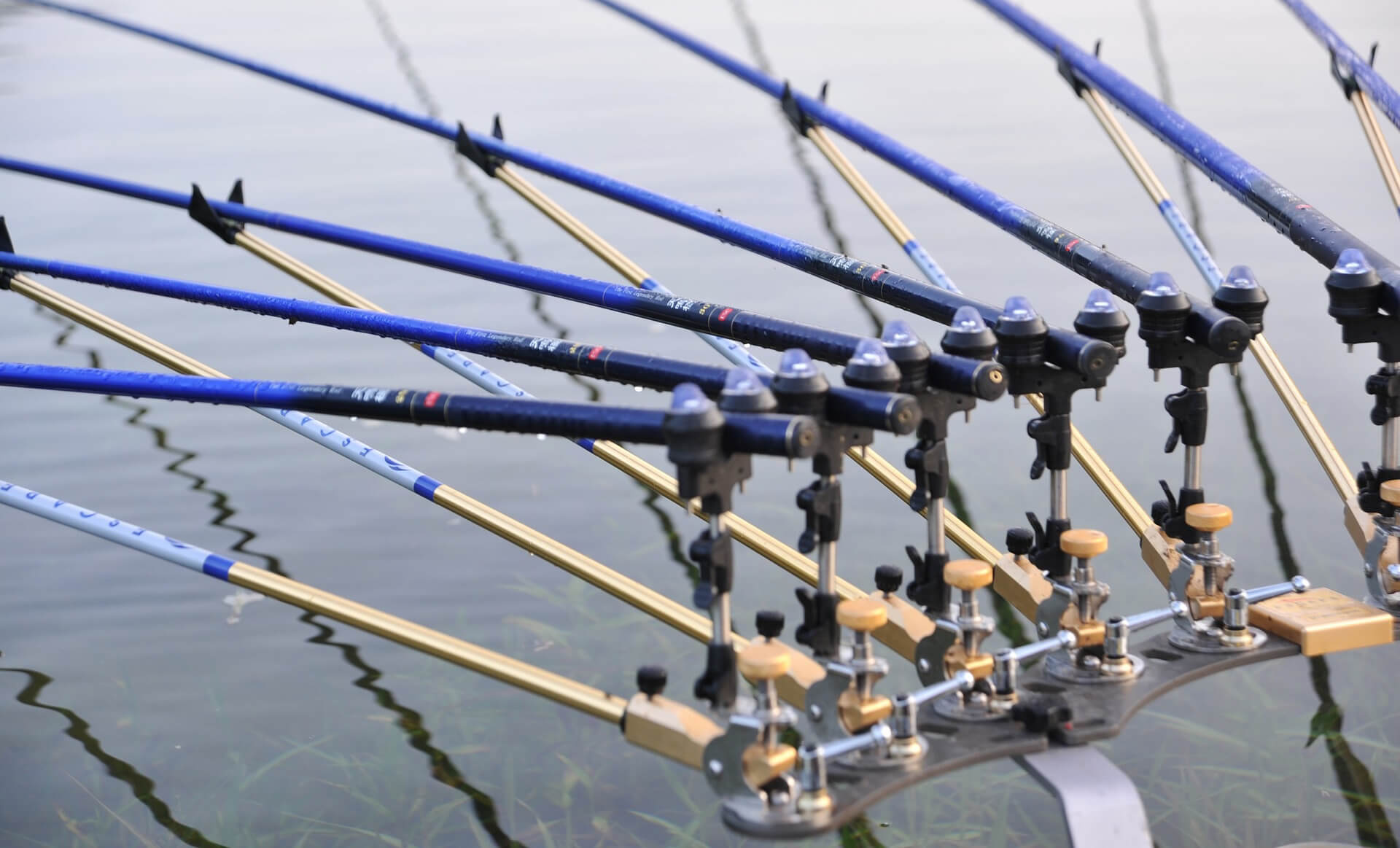
Before us is a very comfortable and catchy modification of the aforementioned bottom gear – an elastic band. This tackle involves the use of a rubber shock absorber, which is used as a well-known “model”, which is responsible for returning the donkey to the working position. It has a lot of advantages over the classic bottom rod:
- Casting in the full sense of the word is carried out only once – the main load lay on the bottom and remained there. It is ideal to do it from a boat – this way you can cover a very long distance.
- All subsequent casts and reloading of the tackle are carried out from the shore and without unnecessary effort: pulled on the tackle, checked it, made a profit, let it go – that’s it! And no active body movements and unwanted noise.
- There are ample opportunities for playing large fish. The shock absorber dampens the jerks of the caught fish, allowing even large specimens to be brought to the very shore.
- You can play with baits. Of course, you will not show much activity here, however, you can give the appearance of movement to a dead live bait or artificial bait with one movement of your hand.
- You can use a large number of hooks with a variety of baits, of course, do not forget about the above standards. In order to avoid entanglement of the leads, as well as for their instant replacement, it is recommended to use fasteners in the form of carabiners with swivels and restraints in the form of beads.
Feeder and other rods
The use of a rod with a reel greatly facilitates casting and handling of bottom gear. This was noticed long ago by anglers and began to use classic spinning rods in this capacity. Spinning rods, matches and all kinds of homemade rods are used for bottom fishing to this day, but the pinnacle of evolution was high-tech feeders , specially sharpened for such fishing conditions. You can read about the differences between a modern donkey and a feeder in this article .
Using even the simplest rod expands the angler’s capabilities. The cast can be carried out as accurately as possible. With the use of a feeder, the accuracy is even more increased, and there is no need for additional massive feeding. It is much easier to play fish, which turns into a real problem when capturing trophy specimens for a classic bottom rod. The only point: you need to be able to handle the feeder, but basic skills are necessary when working with any tackle.
The main element of the feederist is the river, but no one restricts its use for stagnant water. The only thing that differs in this case is the nuances of rigging and direct fishing tactics, but this is already a topic for a separate extensive publication.
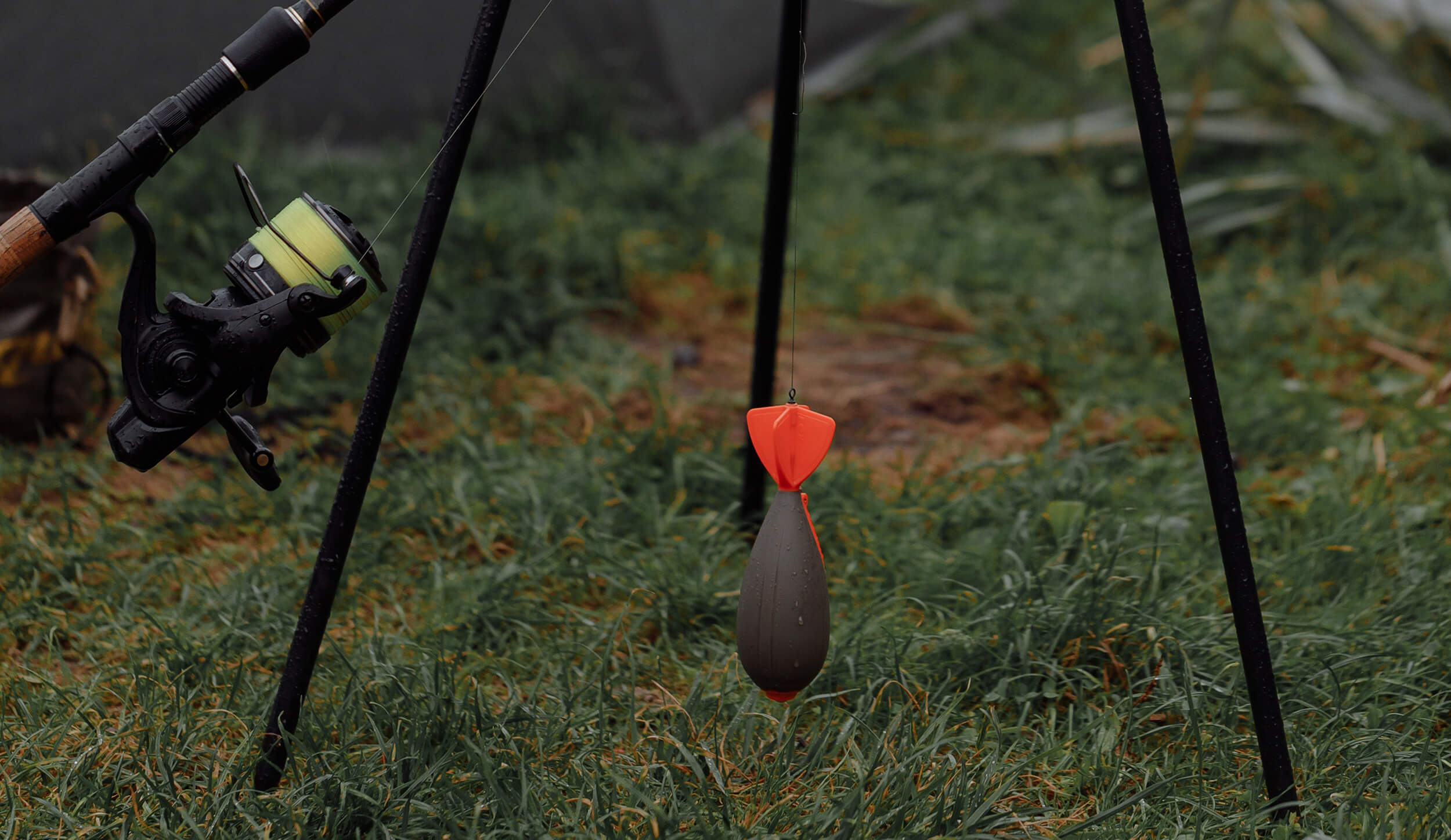
Choice of equipment
Let’s try to figure out the main elements of the rig:
- Rod . If the budget allows, you should definitely stop at a more or less high-quality feeder of medium action and with an average test – this allows you to differentiate fishing conditions without replacing the tackle. Over time, you can acquire blanks adapted for fishing in various bodies of water and the extraction of trophies of all kinds of calibers. With a total budget deficit, you can stop at the Chinese nameless consumer goods, but the quality here is a matter of luck.
- Fishing line . The main thing here is to maintain parity between the strength and invisibility of the rig. If downstream use of coarser and more noticeable equipment (for example, a braided cord) is allowed, then in reservoirs with stagnant water, a high-quality monofilament thread shows itself best. In all cases, it is recommended to use almost invisible fluorocarbon for leashes (this is a universal option), but other options are possible when fishing with a feeder. When fishing with an elastic band, a safety cable made of a large diameter monofilament or braid is additionally used.
- Reel. Reels are used in the simplest classic bottom rod and elastic bands – these are not even mechanisms, but devices for winding fishing line, which can be made independently, from any piece of wood or a plastic bottle. For a feeder, the best option is a spinning reel with a friction clutch .
- Shock absorber . A shock absorber is necessary for fishing with a rubber band – this is its integral structural element. You need to understand that even the highest quality rubber band under the influence of water and intensive use is subject to rapid wear, so it is better to replace it before each fishing trip.
- Sinkers . For tackle of this type, fairly heavy weights are usually used. The most massive options are required when fishing with rubber bands: anglers sometimes even use bricks and stones. The weight of the load for a traditional bottom rod is usually limited to 100 grams, and the maximum is designed for fishing with the flow. With a feeder, everything is much more complicated: the weight of a lead (usually in the form of an olive) is calculated based not only on the speed of the current, but also on the weight of the equipped feeder, the characteristics of the rod and other factors.
- Hooks . Choosing a hook is also not an easy task: it is selected according to the type of bait and the weight of the intended prey. The most inconspicuous are the small singles, but fishing with live bait, for example, requires the use of a double or a tee. In this regard, elastic bands are good, allowing you to use up to a dozen leashes with different types of hooks.
Bite alarm
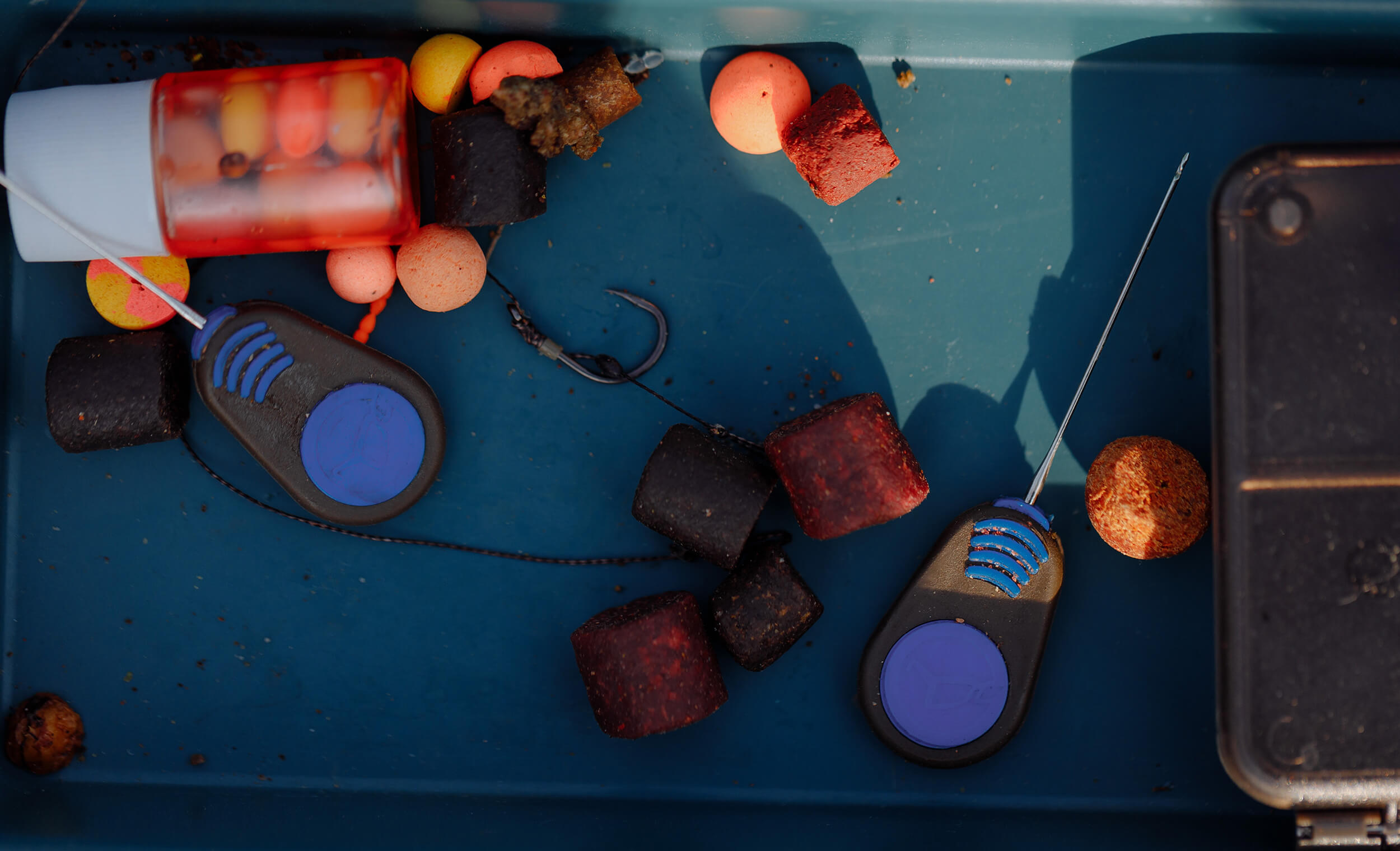
The simplest bottom rod are usually calculated for self-cutting and are not equipped with bite alarms. As a last resort, a regular bell is used. Sometimes adherents of rubber bands do without a signaling device, but this requires constant monitoring and causes problems in servicing several bottom rods. The rod itself can serve as a good bite marker: if it takes a large specimen, it begins to tremble, bend, go to the side. If you hold the form in your hands, nothing terrible will happen, but when fishing with several tackles, you can miss the bite, and not only miss the coveted trophy, but also say goodbye to an expensive feeder.
If you want to increase the comfort of fishing, use several tackles and are guaranteed not to miss a bite, it is better to get a signaling device, at least the most basic one. This could be:
- Bell . The most common and inexpensive option, suitable for all types of gear. It is fixed on the sagging section of the main line and notifies of a bite by ringing. This is theoretically, in practice, bells often ignore the bites of small specimens.
- Bells . Not a bad option, and the price is not high. The only problem: when the fish, after a bite, goes towards the shore, the bells do not react, so you have to focus on the sagging of the line.
- Electronic . Electronic signaling devices are mainly used when fishing on bottom rods. They are very sensitive to bites, notifying them with sound signals. A light alarm can also be built in, which is indispensable for night fishing.
Groundbait and feeders
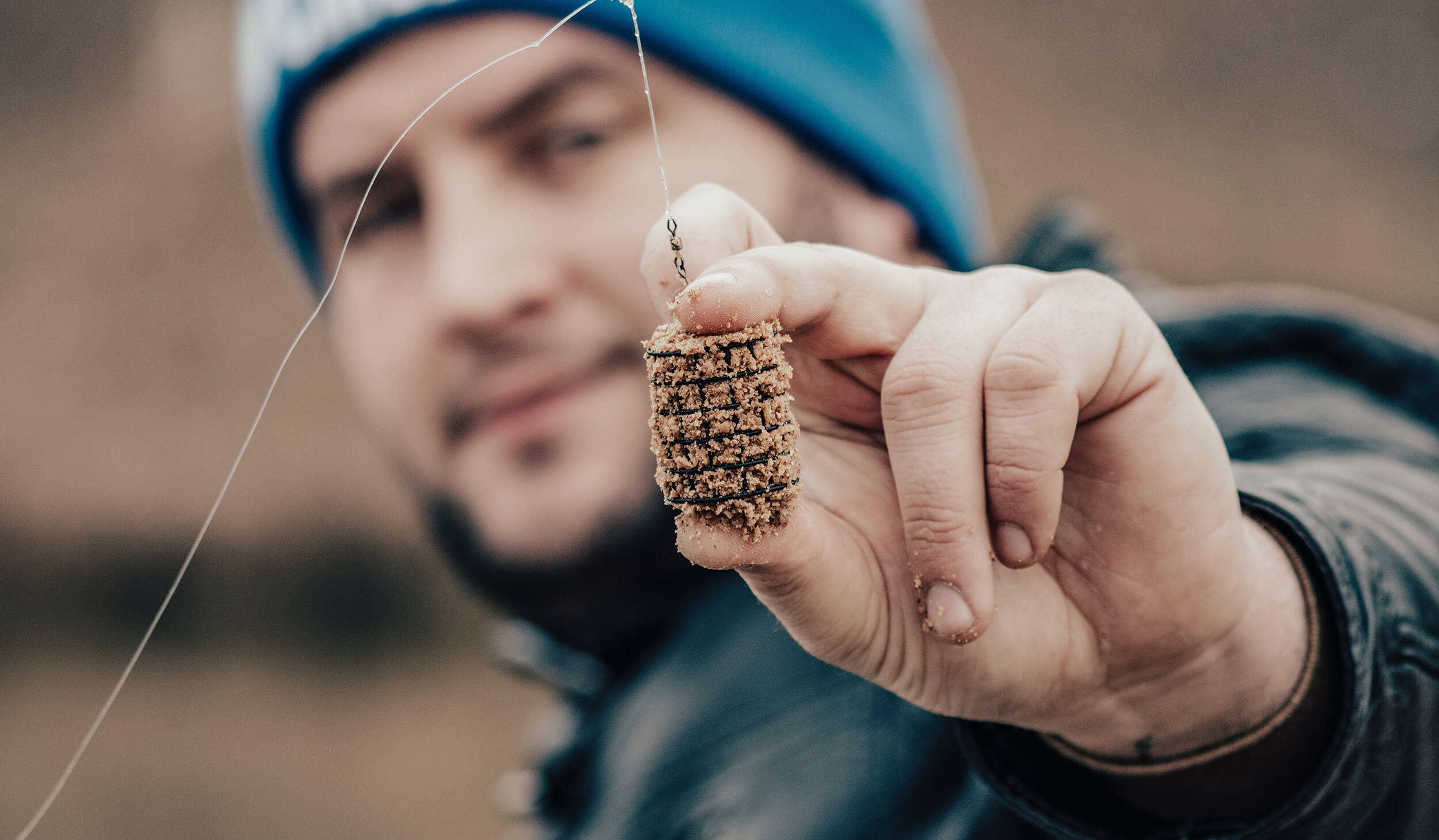
Pre-feeding is an essential step in any fishing. All kinds of mixtures of cereals, legumes, cereal grains, compound feed, cake and so on can be used as bait. In spring and autumn, the addition of components of animal origin – chopped worm, for example, perfectly justifies itself. First, a massive groundbait is carried out in the fishing zone, then a point one.
When using bottom gear of all types, the problem of delivery of complementary food to the place of fishing is urgent – we are talking about long distances. For this purpose, a boat is used (just before fishing, otherwise a frightened fish simply will not work), special boats with remote control, self-expanding rocket feeders, slingshots, catapults, and so on. At short distances, it is permissible to throw feed by hand, having previously rolled it into balls with the addition of binding and weighting elements (oats, starch, soil, and so on).
A separate category should include special feeders attached directly to the rig. Go to any fishing store – you will see a lot of options. The clearest example of such a feeder is the spring , which is used both on good old bottom rod and on feeders. It allows the groundbait to “float” slightly without disintegrating in the water immediately, which increases the duration of its “action”. In addition, the presence of a spring improves casting accuracy.
High efficiency in catching carp and carp is demonstrated by the so-called “top” : a sinker with “top” (cake bait). Its disadvantage is only a narrow specialization: only cake, and nothing more.
Baits and lures
It is appropriate here to talk about what arsenal of hook attachments you should get before fishing. You can catch any fish on the bottom rod, it all depends on what will be used as bait. The main advantage of this type of tackle is the ability to use several hooks with all kinds of attachments for any fish taste.
For catching predatory fish , bait of animal origin is definitely used: worms, larvae of all kinds of insects, and the actual insects too. Live bait is an excellent option , but it must be borne in mind that a solid pike, tempted by an appetizing fish, can bite into the fishing line (special leashes are required). If you are aiming at catching catfish, you will need not only very powerful equipment, but also bait in the form of a piece of meat or fish, and it is better not the first freshness.
Peaceful fish also often show indifference to bait of animal origin, but in the summer it is more often attracted by something vegetarian: cereals, legumes, grains, dough, bread (often with the addition of shock absorbers), and so on. For carp fishing, special boilies are used (by the way, other representatives of the family of the same name also love them). They, like other ready-made attachments, are sold in specialized stores, but they are not cheap.
Artificial baits in bottom gear are rarely used – there is no possibility for realistic play. The limited possibilities of its kind are provided by an elastic band. Fishing in the wiring with the help of a feeder is also possible, and sometimes very effective, but it requires a certain skill, so it should not be recommended to beginners.
Seasonal features of bottom fishing
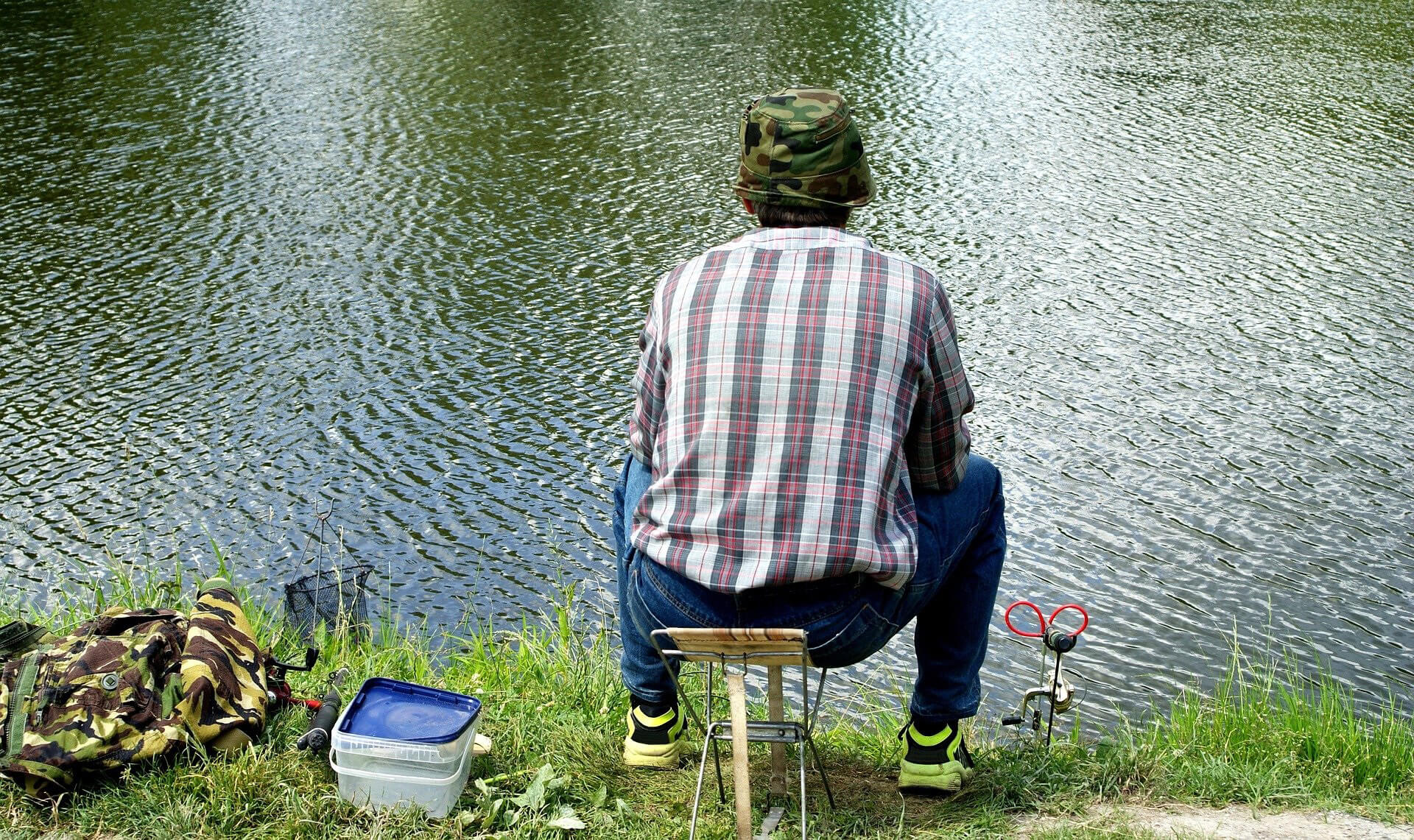
Regardless of the season, you should start fishing by choosing a promising place. It is always something special that stands out against the background of the homogeneous bottom relief. Experienced feeders study the bottom relief using special equipment with a sinker, the use of an echo sounder is encouraged, but this is already a delight.
Beginners are usually guided by visual signs or use places already fished by others. When fishing on the river, you should pay attention to places with a variable nature and speed of the current; in still clear water, you should follow the changes in its color. Always promising are piled up, eyebrows , places near the sub-wood, vegetation boundaries, free water in the thickets of the window, and so on. It should be borne in mind that in the spring in cool water, the fish stay closer to the shallows heated in the sun, in hot summer they spend more time at a depth.
The actual fishing technique depends on the type of tackle and defies general descriptions. The main principle is the correct assembly of the rig, the presence of an adequate sinker, timely complementary feeding and competent actions when biting and playing. It is worth reacting to a bite immediately, but without excessively sharp gestures, which can lead to a break in the rig. The larger the specimen, the more freedom it is given when playing.
It is important to take into account not only the type of fish, but also the peculiarities of its seasonal behavior. In spring and autumn, even peaceful fish prefers “meat”, that is, bait of animal origin, in summer they tend to a plant-based diet. The time of maximum activity also varies: in summer, the most intense biting is observed at morning and evening dawn, in spring and autumn – during the day.
Tips for a beginner angler
As a small epilogue to our publication, I would like to give some advice to novice anglers:
- Don’t overdo it with quantity . At first, one tackle is enough – first learn how to handle it, then increase the amount.
- Give preference to quality, but inexpensive equipment . At first, you should not invest unnecessarily in the equipment: choose the required minimum with an optimal price-quality ratio.
- Don’t forget about the accompanying equipment . At a minimum, you will need a landing net for large trophies and a net for caught fish.
- Don’t neglect night fishing . Many species of fish (bream, pike perch, catfish) show maximum activity and are excellently caught on the donkey in the dark. In addition, there is a special charm in night fishing, and there are usually fewer competitors.
- Do not ignore the advice of the pros , but do not recklessly follow them. Each angler has his own interesting experience. Always listen to the stories of the experienced, but do not rush to mindlessly follow their advice – each, as they say, has his own.
Even if everything does not work out right away, because skill comes with personal experience, but with a competent approach, even the first fishing in life will be effective. We hope that our informative article will help you in obtaining luxurious trophies!

